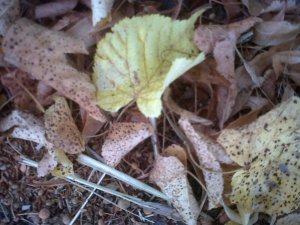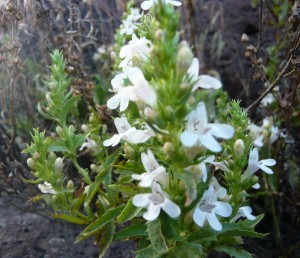The Season for Battle
August 27, 2016 4 Comments

Non Sequitur
Fall is the season of leaves turning red and gold, the season of school buses and frosty mornings, and the season for battle. In ancient times, when things got tense at home, men could prove themselves by putting on 80 pounds of armor and joining the Crusades. In early America, macho dudes could head West and battle Indians and look for gold. Today, restless guys strap on goggles and join the leaf blower battles, the manly sport of blowing air.
Neighbor A swaggers out of his garage sporting a Husqvarna 580 BTS backpack blower. He grins maniacally as it roars to life, drowning out howling dogs and fire sirens. Leaves and dirt swirl up from his grass and tumble into the street.
Later, when Neighbor A has settled in front of the TV with a root beer, chips, and guacamole, he is jolted out of his repose by the thunder of Neighbor B’s walk-behind Billy Goat Force 169cc blower. By the time he has his work boots back on, Neighbor A’s blower has not only blasted every leaf in the neighborhood back into his yard but has created a no-green zone between their two properties.
Rather than engage in open warfare, A decides to wait until B is out of town for the weekend to return the favor. And so it goes.
Fall used to be a time of walking through crunchy piles of leaves and listening to honking Canadian geese as they flew overhead on their way to warmer climes. Now, the sound of autumn is the roar of a machine louder than a chainsaw and more annoying than a roomful of old men snoring.
And for what? A lawn mower makes the grass shorter and a rototiller digs things up, but a leaf blower, like a political candidate, simply blows. The blasted thing sounds like it is doing some kind of useful work, but it merely moves things around.
 When I went on a trip with my daughter’s family, I imagined teaching my grandchildren raucous songs, like “Booma Chicka Boom,” and playing cutthroat games of “Animal, Vegetable, Mineral.” But today’s kids are sadly lacking in the fine art of bonhomie developed when singing “99 Bottles of Pop on the Wall” and they seem less opportunistic than previous generations in using the prison-like confines of the family car to hone their sibling rivalry techniques, which in previous generations served as the training ground for politicians, lobbyists, and CEOs.
When I went on a trip with my daughter’s family, I imagined teaching my grandchildren raucous songs, like “Booma Chicka Boom,” and playing cutthroat games of “Animal, Vegetable, Mineral.” But today’s kids are sadly lacking in the fine art of bonhomie developed when singing “99 Bottles of Pop on the Wall” and they seem less opportunistic than previous generations in using the prison-like confines of the family car to hone their sibling rivalry techniques, which in previous generations served as the training ground for politicians, lobbyists, and CEOs.







